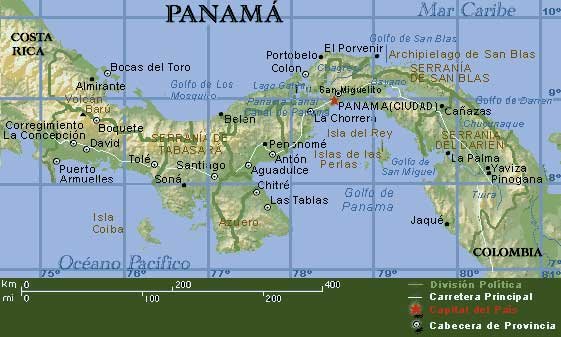I arranged a visit on 20 January to Dario's finca on the mainland so the island cattlemen could see firsthand how he was doing things. They also scored some seeds for the biggest lemon I've ever seen.

It turned out only three of the cattlemen were interested and able to go that day, but that was a good number, as they could see everything easily and ask questions without hiding quietly in a crowd. We started just outside his house, where his wife (who is very involved in the farm; they both made the point that it is a family farm and family effort) explained their data keeping methods and financial recording, and why it is important.
That is not something many small farmers think about, the full cost of items from the start to the end; there are stories of farmers selling their crop or animals and thinking they've made a big profit because it is much more than they paid for the seeds or baby animals, but they have never calculated in the intermediate costs of time, fertilizers or food, pesticides or vaccines, or other supplies, and in reality, they are lost money on the deal. It seems most of the larger cattlemen on the island are making money, but they may not be tracking their costs to know how much.

Then Dario came back and we headed out into the fields to look at the grasses and other plants he grows to feed the cattle, how he has sub-divided his pasture land to rotate the cattle, and the trees and other products he has incorporated into his farm planning.
 (Alex, from the island, walking through a plot of buton de oro, which grows about eight feet tall, has pretty flowers, and is an important component of the silage they produce)
(Alex, from the island, walking through a plot of buton de oro, which grows about eight feet tall, has pretty flowers, and is an important component of the silage they produce)We walked past some other examples of sustainable agriculture as well, including several varieties of compost piles.
(Julio, who also owns the upper tienda on the island, feeds sugar cane and buton de oro into the chipper shredder)
Julio currently cuts up sugar cane by hand with a machete to feed his cattle, a process he felt was fairly easy. His mind might have been changed by trying out the chipper/shredder.
By all accounts, it was a worthwhile and enlightening trip for the cattlemen from the island and several of them said they intend to implement some of the process they'd observed. Now I just need to follow up with them occasionally to help it happen and encourage them to share what they learn with others on the island.
By late morning, we returned to port. While grabbing lunch before the return boat ride (yes, out and back in one day; while rare, it is possible, especially if you plan it and go with the capitan, who in this case was Pedro), I watched the TV in the restaurant, which for a while was on a live feed of the Presidential Inauguration from the US; as April said, I cried for the national anthem.
Oh, and if you read through all this just to see a picture of the biggest lemon I've ever seen, here you go:
 (Pedro, holding up the lemon from Dario's farm that he is going to bring home and collect seeds from to try to grow his own; he told me later it made good lemonaid)
(Pedro, holding up the lemon from Dario's farm that he is going to bring home and collect seeds from to try to grow his own; he told me later it made good lemonaid)




2 comments:
I looked at this first! in case you forgot to include it...
pretty impressive! Is it bigger than your head?
I probably don't need to say it, but: HUGE lemon!!!
Post a Comment